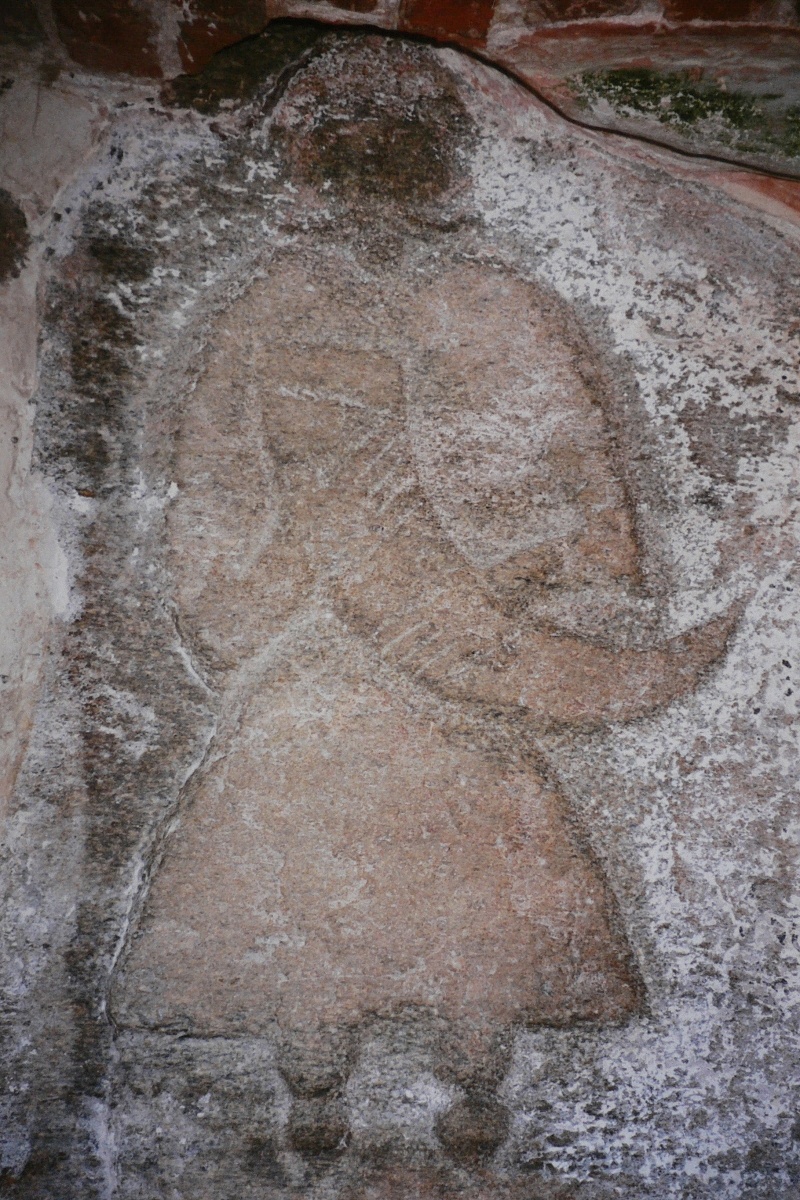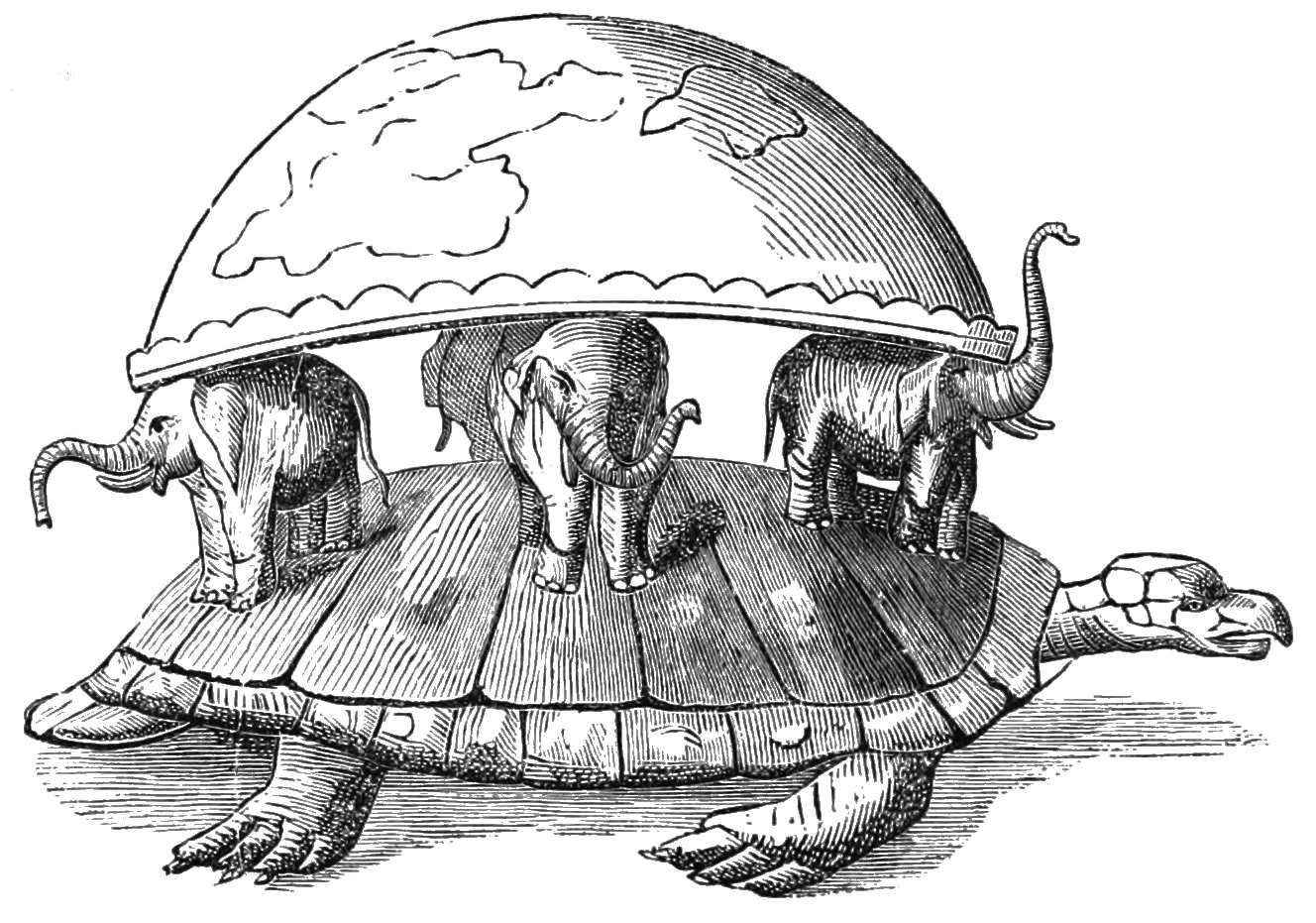|
Tur (Bosnian-Slavic Mythology)
Tur is a Slavic mythical creature that originated in central Bosnia and Herzegovina. According to tales, Tur is a giant bull that holds the Earth on its back, akin to Kujata, the ox that helps in holding the world in Islamic mythology, or the World Elephant. Whenever he moves his horns, an earthquake happens. Should Tur one day move his whole body, this would cause the end of the world. Description He is described as a giant black bull with curved, pointy horns. See also *Gugalanna *Kujata (mythology) Kuyūthā () is the cosmic bull in medieval Islamic cosmography. It is said to carry on its back the angel who shoulders the earth and the rock platform upon which the angel stands. The bull is said to stand on the giant fish or whale, Bahamut. ... References {{Reflist Slavic mythology Mythological bulls Mythological bovines Slavic legendary creatures World-bearing animals ... [...More Info...] [...Related Items...] OR: [Wikipedia] [Google] [Baidu] |
Slavic Mythology
Slavic paganism, Slavic mythology, or Slavic religion refer to the Religion, religious beliefs, myths, and ritual practices of the Slavs before Christianisation of the Slavs, Christianisation, which occurred at various stages between the 8th and the 13th century. The South Slavs, who likely settled in the Balkans during the 6th–7th centuries AD, bordering with the Byzantine Empire to the south, came under the sphere of influence of Eastern Christianity relatively early, beginning with the creation of writing systems for Slavic languages (first Glagolitic, and then Cyrillic script) in 855 by the brothers Saints Cyril and Methodius and the adoption of Christianity in First Bulgarian Empire, Bulgaria in 864 and 863 in Great Moravia. The East Slavs followed with the official adoption in 988 by Vladimir the Great of Kievan Rus'. The process of Christianising the West Slavs was more gradual and complicated compared to their eastern counterparts. The Moravians accepted Christianity a ... [...More Info...] [...Related Items...] OR: [Wikipedia] [Google] [Baidu] |
Bosnia And Herzegovina
Bosnia and Herzegovina, sometimes known as Bosnia-Herzegovina and informally as Bosnia, is a country in Southeast Europe. Situated on the Balkans, Balkan Peninsula, it borders Serbia to the east, Montenegro to the southeast, and Croatia to the north and southwest, with a coast on the Adriatic Sea in the south. Bosnia (region), Bosnia has a moderate continental climate with hot summers and cold, snowy winters. Its geography is largely mountainous, particularly in the central and eastern regions, which are dominated by the Dinaric Alps. Herzegovina, the smaller, southern region, has a Mediterranean climate and is mostly mountainous. Sarajevo is the capital and the largest city. The area has been inhabited since at least the Upper Paleolithic, with permanent human settlement traced to the Neolithic cultures of Butmir culture, Butmir, Kakanj culture, Kakanj, and Vučedol culture, Vučedol. After the arrival of the first Proto-Indo-Europeans, Indo-Europeans, the area was populated ... [...More Info...] [...Related Items...] OR: [Wikipedia] [Google] [Baidu] |
Kujata
Kuyūthā () is the cosmic bull in Cosmology in medieval Islam#Cosmography, medieval Islamic cosmography. It is said to carry on its back the angel who shoulders the earth and the rock platform upon which the angel stands. The bull is said to stand on the giant fish or whale, Bahamut. The bull is variously described as having 40,000 horns and legs, or as many eyes, ears, mouths and tongues in the oldest sources. The number of appendages can vary in later versions. Its breathing is said to control the tides of the ocean. Kīyūbān () or Kibūthān () also appear in printed editions of Abu Yahya Zakariya' ibn Muhammad al-Qazwini, Qazwini's cosmography. These have been claimed to be corruptions of Leviathan (). Alternate names include Al-Rayann. Kuyootà, Kuyoothán were forms of the name as transcribed by Edward William Lane, Edward Lane, and given as Kuyata (Spanish), Kujata (first English translation, 1969), and Quyata (revised English translation) in various editions of Jorge ... [...More Info...] [...Related Items...] OR: [Wikipedia] [Google] [Baidu] |
Islamic Mythology
Islamic mythology is the body of myths associated with Islam and the Quran. Islam is a religion that is more concerned with social order and law than with religious rituals or myths. The primary focus of Islam is the practical and rational practice and application of the Islamic law. Despite this focus, Islamic myths do still exist. ''The Oxford Companion to World Mythology'' identifies a number of traditional narratives as "Islamic myths". These include a creation myth and a vision of afterlife, which Islam shares with the other Abrahamic religions, as well as the distinctively Islamic story of the ''Kaaba''. The traditional biography of the Islamic prophet Muhammad, who plays a central role in Islamic teachings, is generally recognized as being largely historical in nature, and Islam depends less on mythology than Judaism and Christianity. However, the canonical narrative includes two key supernatural events: the divine revelation of the Quran and the Isra and Mi'raj — th ... [...More Info...] [...Related Items...] OR: [Wikipedia] [Google] [Baidu] |
World Elephant
The Ashtadiggajas () is a group of eight legendary elephants that appear in Hindu cosmology, serving as the guardians of the eight zones of the universe. There are also eight female elephants that stand beside the Ashtadiggajas, referred to as the Ashtadikkarinis. List There are a total of eight Ashtadiggajas and Ashtadikkarinis that stand guard over the eight zones: Literature Besides the Ashtadiggajas, there are four elephants who support the earth from the four directions from the netherworld, whose names are given in the ''Ramayana:'' Virūpākṣa (east), Mahāpadmasama (south), Saumanasa (west), and Bhadra (north). The '' Matanga Lila'' associates the Ashtadiggajas as vehicles (''vahana'') of the Ashtadikpala, eight divine guardians of the directions. It states that the Unborn (Creator) took half shells of the cosmic egg in his hands; the Ashtadiggajas - eight elephants led by Airavata emerged from the shell in the right hand as the sages chanted the ''saman'' hymn ... [...More Info...] [...Related Items...] OR: [Wikipedia] [Google] [Baidu] |
Gugalanna
In Sumerian religion, Gugalanna ( U4.GAL.AN.NAor DGU2.GAL.AN.NA">sup>DGU2.GAL.AN.NA is the first husband of Ereshkigal, the queen of the underworld. His name probably originally meant "canal inspector of An" and he may be merely an alternative name for Ennugi. The son of Ereshkigal and Gugalanna is Ninazu. In ''Inanna's Descent into the Underworld'', Inanna, the goddess of love, beauty, sex, and war, tells the gatekeeper Neti that she is descending to the Underworld to attend the funeral of "Gugalanna, the husband of my elder sister Ereshkigal". Some scholars consider Gugalanna to be the same figure as the Bull of Heaven, slain by Gilgamesh and Enkidu in the ''Epic of Gilgamesh The ''Epic of Gilgamesh'' () is an epic poetry, epic from ancient Mesopotamia. The literary history of Gilgamesh begins with five Sumerian language, Sumerian poems about Gilgamesh (formerly read as Sumerian "Bilgames"), king of Uruk, some of ...''. References Bibliography * * * * {{MEast-myth ... [...More Info...] [...Related Items...] OR: [Wikipedia] [Google] [Baidu] |
Kujata (mythology)
Kuyūthā () is the cosmic bull in medieval Islamic cosmography. It is said to carry on its back the angel who shoulders the earth and the rock platform upon which the angel stands. The bull is said to stand on the giant fish or whale, Bahamut. The bull is variously described as having 40,000 horns and legs, or as many eyes, ears, mouths and tongues in the oldest sources. The number of appendages can vary in later versions. Its breathing is said to control the tides of the ocean. Kīyūbān () or Kibūthān () also appear in printed editions of Qazwini's cosmography. These have been claimed to be corruptions of Leviathan (). Alternate names include Al-Rayann. Kuyootà, Kuyoothán were forms of the name as transcribed by Edward Lane, and given as Kuyata (Spanish), Kujata (first English translation, 1969), and Quyata (revised English translation) in various editions of Jorge Luis Borges's ''Book of Imaginary Beings''. Orthography "Kuyootà" was Edward Lane's transcription o ... [...More Info...] [...Related Items...] OR: [Wikipedia] [Google] [Baidu] |
Mythological Bulls
Myth is a genre of folklore consisting primarily of narratives that play a fundamental role in a society. For scholars, this is very different from the vernacular usage of the term "myth" that refers to a belief that is not true. Instead, the veracity of a myth is not a defining criterion. Myths are often endorsed by religious (when they are closely linked to religion or spirituality) and secular authorities. Many societies group their myths, legends, and history together, considering myths and legends to be factual accounts of their remote past. In particular, creation myths take place in a primordial age when the world had not achieved its later form. Origin myths explain how a society's Norm (social), customs, institutions, and taboos were established and sanctified. National myths are narratives about a nation's past that symbolize the nation's values. There is a complex relationship between Myth and ritual, recital of myths and the enactment of rituals. Etymology The w ... [...More Info...] [...Related Items...] OR: [Wikipedia] [Google] [Baidu] |
Slavic Legendary Creatures
Slavic, Slav or Slavonic may refer to: Peoples * Slavic peoples, an ethno-linguistic group living in Europe and Asia ** East Slavic peoples, eastern group of Slavic peoples ** South Slavic peoples, southern group of Slavic peoples ** West Slavic peoples, western group of Slavic peoples * Anti-Slavic sentiment, negative attitude towards Slavic peoples * Pan-Slavic movement, movement in favor of Slavic cooperation and unity * Slavic studies, a multidisciplinary field of studies focused on history and culture of Slavic peoples Languages, alphabets, and names * Slavic languages, a group of closely related Indo-European languages ** Proto-Slavic language, reconstructed proto-language of all Slavic languages ** Old Church Slavonic, 9th century Slavic literary language, used for the purpose of evangelizing the Slavic peoples ** Church Slavonic, a written and spoken variant of Old Church Slavonic, standardized and widely adopted by Slavs in the Middle Ages, which became a lit ... [...More Info...] [...Related Items...] OR: [Wikipedia] [Google] [Baidu] |





